The Impact of AI on Critical Infrastructure Management: Opportunities and Risks
Artificial Intelligence (AI) is rapidly transforming how critical infrastructure, such as water supply, gas networks, and electricity grids is managed. By introducing smarter, predictive, and automated systems, AI promises increased efficiency, reliability, and safety. However, as this technology becomes more deeply integrated into essential services, it also introduces new vulnerabilities, ethical dilemmas, and regulatory challenges.
Part 1. How AI Is Being Used in Critical Infrastructure Management?
AI is already revolutionizing the operations of key utilities by improving monitoring, forecasting, and control mechanisms.
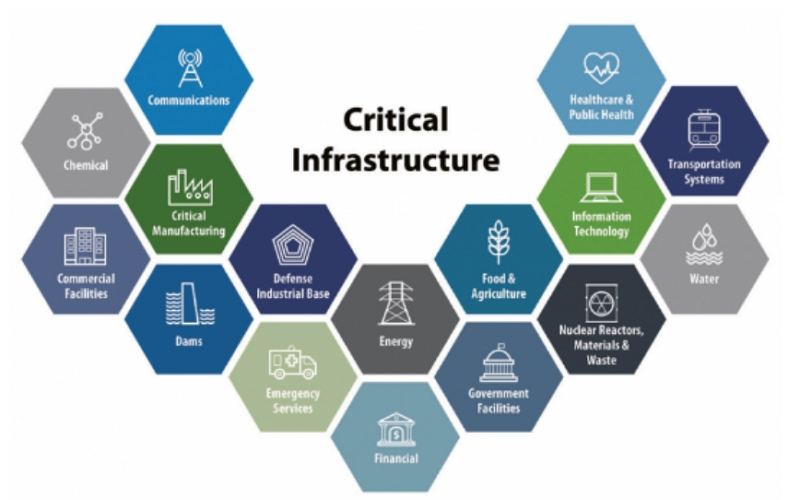
1. AI in Water Supply Management
AI-powered systems are being used to detect pipe leaks, predict demand, and manage water quality. Machine learning algorithms analyze sensor data in real time to identify abnormal water flows, helping utilities prevent wastage and reduce maintenance costs.
Leak Detection and Predictive Maintenance: By analyzing sensors and meter data in real time, AI algorithms can identify anomalies that indicate potential leaks or pipe failures. This enables utility operators to schedule maintenance before catastrophic breaks occur, reducing water loss and emergency repair costs.
Demand Forecasting and Resource Allocation: AI-driven predictive models use historical consumption patterns, weather forecasts, and demographic data to estimate future water demand. This ensures reservoirs and treatment plants operate at optimal capacity, preventing shortages or overproduction.
Water Quality Monitoring: Machine learning models analyze data from IoT-enabled sensors to detect contaminants (e.g., turbidity, pH fluctuations, microbial presence) more rapidly than traditional lab testing. Early identification of quality issues allows for faster interventions, safeguarding public health.

2. AI in Gas Supply Management
AI models can forecast gas consumption based on weather patterns, past usage, and behavioral data. These predictions help in balancing supply and demand, preventing pipeline pressure issues, and optimizing storage management.
Pipeline Integrity and Leak Detection: Similar to water systems, natural gas networks benefit from AI models that analyze pressure, flow rates, and acoustic signals to pinpoint leaks. Continuous monitoring helps prevent hazardous incidents and reduces methane emissions.
Demand Prediction and Supply Optimization: Gas distribution companies use AI to balance supply with fluctuating demand especially during peak heating seasons. By integrating weather data, historical usage, and real-time consumption, AI optimizes storage utilization and procurement strategies.
Safety and Risk Assessment: AI-powered systems evaluate extensive sensor data (temperature, pressure, vibration) to identify anomalies signaling potential equipment failures or unsafe operating conditions. This proactive approach supports compliance with stringent safety regulations.
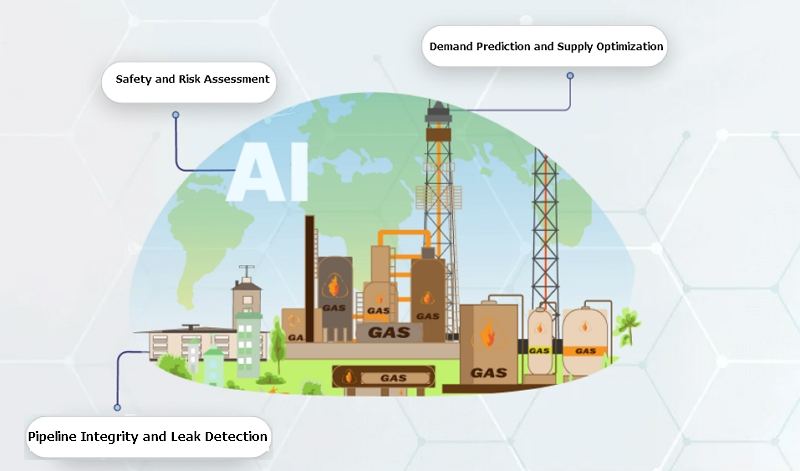
3. AI in Electricity Supply Management
In electricity management, AI is essential for integrating renewable energy sources, detecting grid faults, and forecasting energy loads. AI systems help grid operators stabilize voltage and frequency in real time while anticipating outages before they happen.
Smart Grid Management: AI models analyze data from smart meters, substations, and distributed energy resources (e.g., rooftop solar, battery storage) to balance load and maintain grid stability. Real-time adjustments help prevent brownouts or blackouts.
Predictive Maintenance for Grid Assets: By continuously monitoring transformer temperatures, substation health metrics, and line performance, AI predicts failures in advance, minimizing unplanned outages.
Renewable Integration and Demand Response: AI algorithms forecast solar and wind generation based on weather patterns, enabling better integration of renewable energy into the supply mix. Additionally, AI-driven demand response platforms incentivize consumers to shift usage during peak hours, easing grid strain.
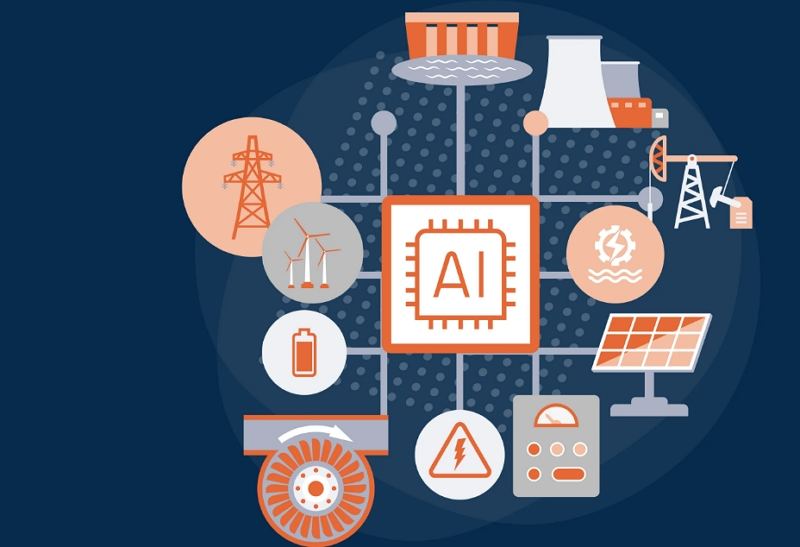
Part 2. Risks of AI Systems in Critical Infrastructure Management under the EU AI Act
While the benefits are substantial, AI integration in critical infrastructure also raises significant risks especially regarding safety, accountability, and cybersecurity.
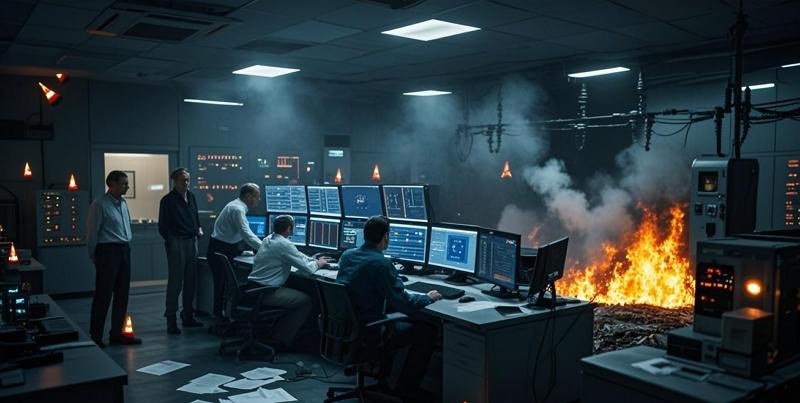
1. Compliance and Regulatory Risk
Under the EU AI Act, AI applications categorized as "high risk" (including those used in critical infrastructure) are subject to strict requirements:
Data Governance Requirements: AI models must be trained on high quality, representative datasets. In water or electricity management, incomplete or biased data can lead to inaccurate predictions, violating the "robustness and accuracy" standards mandated by the Act.
Documentation and Traceability: Operators must maintain detailed technical documentation, including risk assessments and performance evaluations. Failing to document the development lifecycle of AI systems can result in fines or prohibitions on deployment.
Conformity Assessments: AI systems must undergo third-party conformity assessments before market entry. For infrastructure projects, this adds time and cost, and any oversight in assessment processes can lead to non-compliance.
2. Data Privacy and Security Concerns
Critical infrastructure generates vast amounts of real-time data often including personal or sensitive information (e.g., household consumption patterns). Under the General Data Protection Regulation (GDPR) and the EU AI Act's data protection criteria, infrastructure operators face:
Unauthorized Data Access: Cyberattacks targeting AI platforms could expose consumer usage data or manipulate system controls. For instance, if attackers gain control over AI-driven grid management, they could disrupt supply or cause malicious overloads.
Insufficient Anonymization: AI models that rely on consumer-level data may inadvertently re-identify individuals if proper anonymization techniques are not rigorously applied. This poses legal and reputational risks under GDPR.
3. Algorithmic Bias and Transparency Issues
AI systems trained on historical infrastructure data may embed biases stemming from socioeconomic disparities or legacy operational practices:
Unequal Resource Allocation: If demand forecasting models disproportionately factor in data from affluent areas, underserved communities might experience suboptimal resource distribution, perpetuating inequities in water or electricity access.
Lack of Explainability: The EU AI Act emphasizes transparency and human oversight. Black-box AI models (e.g., deep neural networks) that cannot explain why they made certain decisions, such as prioritizing one region's grid restoration over another can violate transparency requirements and reduce stakeholder trust.
4. Systemic Reliability and Safety Risks
While AI enhances operational efficiency, overreliance on automated decision-making without adequate human oversight introduces safety risks:
Unintended Consequences: An AI algorithm that dynamically reroutes electricity flows to optimize for cost savings might unintentionally overload certain distribution lines, causing widespread outages.
Robustness to Adversarial Attacks: Attackers can manipulate sensor inputs (e.g., spoofing water pressure readings), tricking AI models into making dangerous operational changes. Ensuring the robustness of AI against adversarial manipulation is critical for infrastructure resilience.
Part 3. How to Mitigate the Risks of AI in Infrastructure
To harness the benefits of AI while aligning with the EU AI Act and safeguarding operations, infrastructure operators should adopt a comprehensive risk management strategy. The following best practices, organized under key themes, can help ensure AI deployment is both effective and compliant.
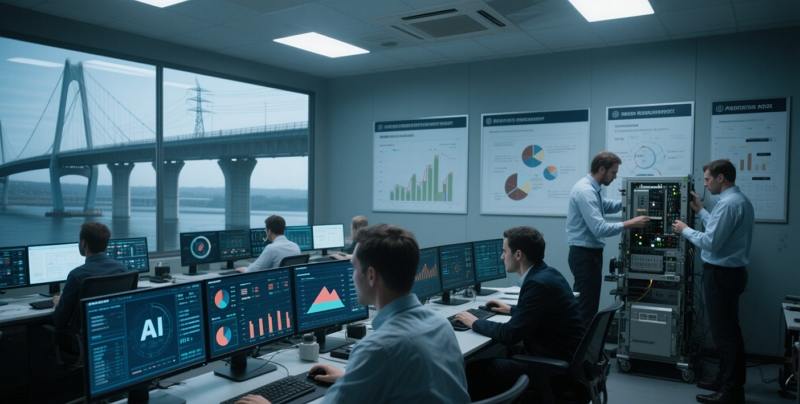
1. Establish a Strong Governance Framework
Define Clear AI Policies and Roles: Assign a dedicated AI oversight committee comprising legal experts, data scientists, and infrastructure engineers. This committee should be responsible for approving AI project roadmaps, reviewing risk assessments, and ensuring accountability at every development stage.
Implement Rigorous Data Governance: Develop standardized data collection protocols to ensure that training datasets are accurate, representative, and free from biases. Regularly audit datasets for completeness, consistency, and fairness, especially when data originates from multiple regions or demographic segments.
2. Ensure Transparency and Explainability
Adopt Explainable AI (XAI) Techniques: Whenever possible, use AI models that provide interpretable outputs. Techniques such as SHAP (Shapley Additive Explanations) or LIME (Local Interpretable Model-agnostic Explanations) can help operators understand model predictions essential for justifying critical decisions under regulatory scrutiny.
Maintain Detailed Documentation: From data preprocessing steps to algorithmic architecture and performance metrics, every aspect of the AI lifecycle must be documented. This not only satisfies the EU AI Act's traceability requirement but also facilitates internal audits and stakeholder communication.
3. Strengthen Data Privacy and Security Measures
Implement Robust Anonymization and Encryption: Before feeding consumer data into AI models, remove or obfuscate personally identifiable information (PII). Use strong encryption for data at rest and in transit, ensuring compliance with GDPR and the EU AI Act's data protection mandates.
Conduct Regular Security Assessments: Schedule frequent penetration tests and vulnerability scans focused on AI systems and their underlying infrastructure. Address identified vulnerabilities, such as unsecured API endpoints or weak authentication mechanisms before they can be exploited by malicious actors.
4. Perform Continuous Monitoring and Validation
Deploy Integrated Monitoring Dashboards: Use real-time analytics dashboards to track AI model performance, including accuracy, false-positive/false-negative rates, and anomaly detection effectiveness. Promptly investigate any performance degradation.
Schedule Periodic Model Retraining: Critical infrastructure conditions evolve opulations grow, consumption patterns shift, and environmental factors change. To maintain model reliability, retrain AI algorithms at regular intervals with updated datasets, ensuring they adapt to new realities.
5. Incorporate Human-in-the-Loop Mechanisms
Define Clear Escalation Protocols: While AI can propose operational changes (e.g., rerouting water flows), human experts should validate high-risk decisions before implementation. Establish threshold-based triggers where, upon certain risk indicators, the AI's recommendations require approval from a senior engineer or operator.
Invest in Operator Training: Provide comprehensive training to staff on AI system functionalities, limitations, and potential failure modes. Well-informed operators are better equipped to identify and rectify anomalous AI behavior.
6. Engage Stakeholders and Maintain Ethical Considerations
Foster Open Communication with the Public: Critical infrastructure services directly affect consumers' daily lives. Transparently communicate how AI is used to enhance service reliability, water quality, or grid stability. Clear disclosures build trust, especially when AI-driven decisions affect billing, access, or public safety.
Perform Ethical Impact Assessments: Beyond mere regulatory compliance, evaluate the societal and environmental implications of AI deployments. For instance, if an AI-driven gas distribution system optimizes solely for cost, it might inadvertently increase emissions in certain regions raising ethical and environmental concerns.
Recommended: Enhance Infrastructure Monitoring with HitPaw VikPea
For professionals working with visual data from surveillance, maintenance drones, or infrastructure inspections, HitPaw VikPea is a powerful AI Video Enhancer that brings clarity to the most crucial details. Whether you're analyzing footage from a remote water pipeline or monitoring substation activity, HitPaw VikPea can upscale and sharpen video quality automatically with AI-driven precision. This ensures nothing goes unnoticed supporting smarter, safer infrastructure management.
- Upscales low-resolution videos to higher definitions without losing essential details.
- Removes visual noise and artifacts to improve video clarity and sharpness.
- Enhances facial features in blurry portrait footage using a specialized AI model.
- Optimizes animated content, making older animations look smoother and cleaner.
- Restores details in real-scene videos using the powerful general AI enhancement model.
- Offers real-time preview so you can see improvements before exporting the video.
Step 1:Download and Launch HitPaw VikPea on your computer. mport your video by clicking on "Choose file." You can also drag and drop your video directly into the software interface.

Step 2:Select the AI model based on your needs. Use the General model for real-life infrastructure videos. The Animation model is ideal for upgrading old animated inspection footage. The Face model is designed for improving blurry or pixelated facial footage from monitoring videos.

Step 3:Click on "Preview" to review the AI enhancement. If you're satisfied with the result, press "Export" to save the upgraded video file to your computer.

Final Thoughts: Balancing Innovation with Responsibility
AI offers powerful tools to enhance the efficiency and resilience of critical infrastructure. However, the high stakes involved mean that its use must be carefully managed, regulated, and continuously monitored. As technology continues to evolve, so must the frameworks that ensure AI remains a force for good in essential service management.













 HitPaw Univd (Video Converter)
HitPaw Univd (Video Converter) HitPaw VoicePea
HitPaw VoicePea  HitPaw FotorPea
HitPaw FotorPea



Share this article:
Select the product rating:
Daniel Walker
Editor-in-Chief
This post was written by Editor Daniel Walker whose passion lies in bridging the gap between cutting-edge technology and everyday creativity. The content he created inspires the audience to embrace digital tools confidently.
View all ArticlesLeave a Comment
Create your review for HitPaw articles